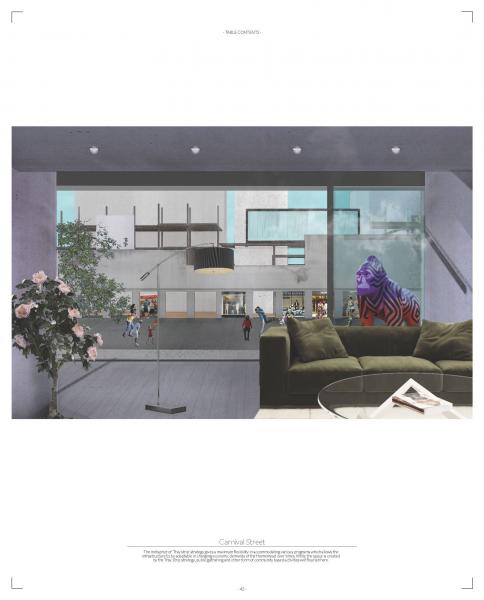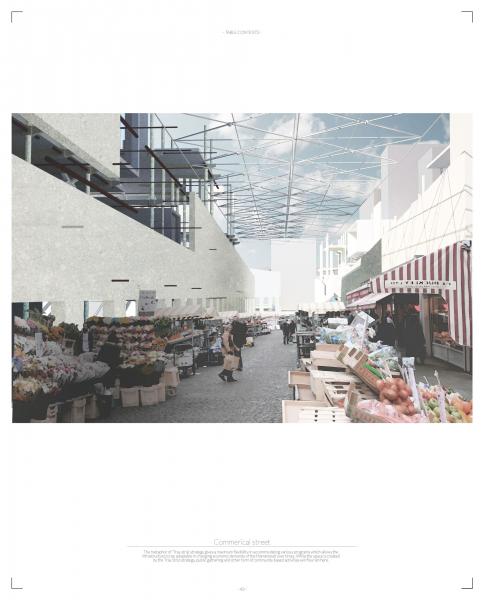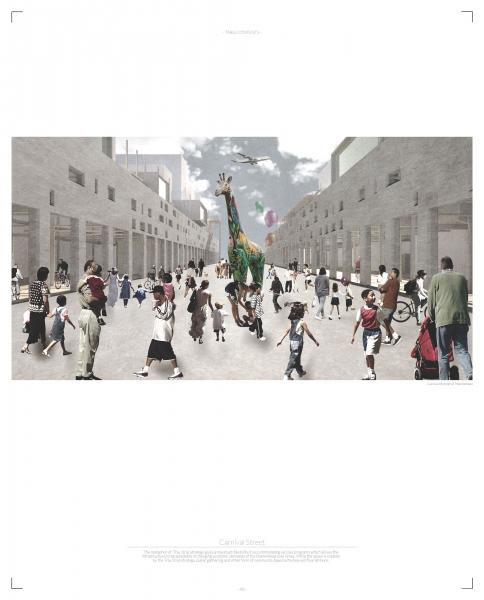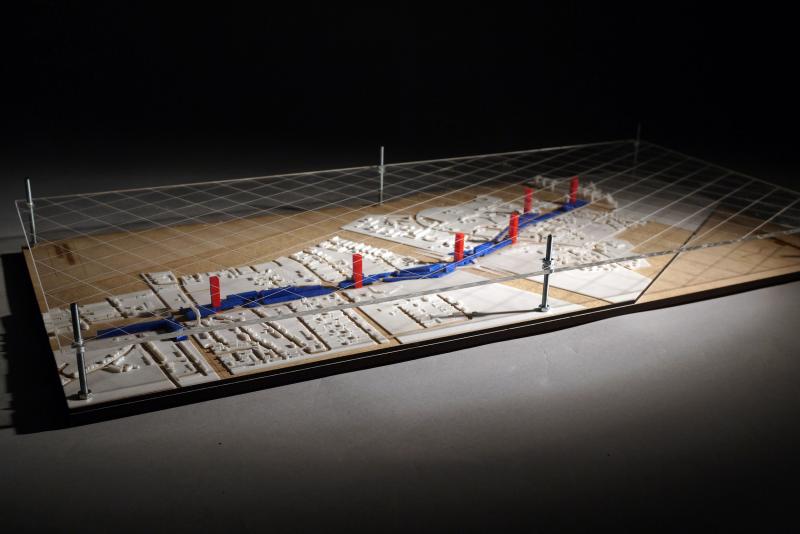Mythical Secene of Thamesmead
The phenomena that Thamesmead is highly associated with mythical scenes was questioned through Peter Brugel’s mythical painting of the uncovered route. Peter Brugel, who is interested in ordinary people’s lives rather than those of high-class people, displays an outstanding atmosphere of social activities on the street and how the route could be integrated with social contexts through his painting. Moreover, it introduces the street as a material to provide engagement for people.


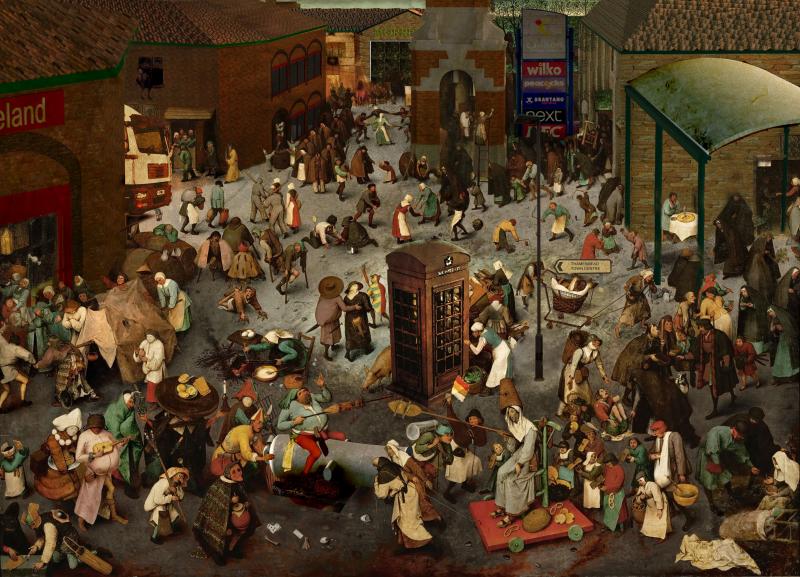

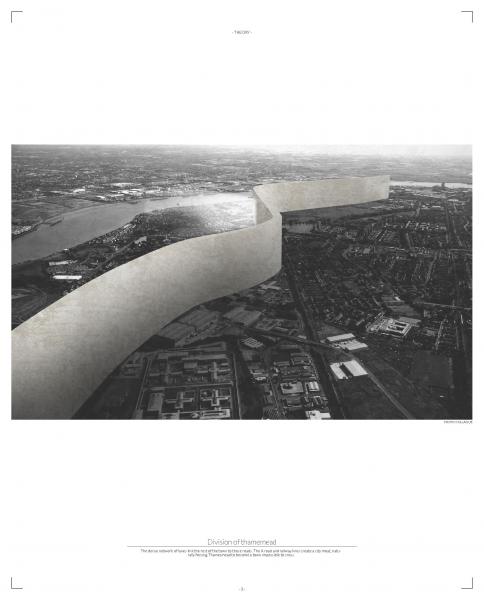
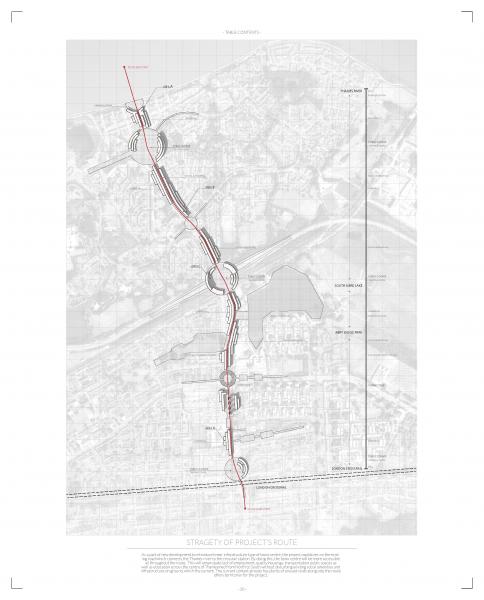
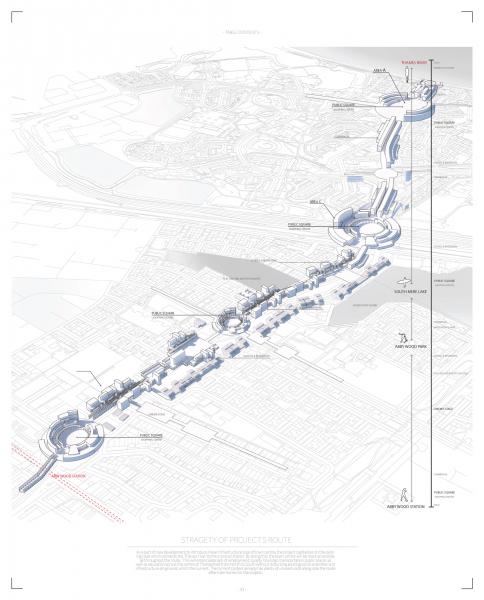
.jpg)
